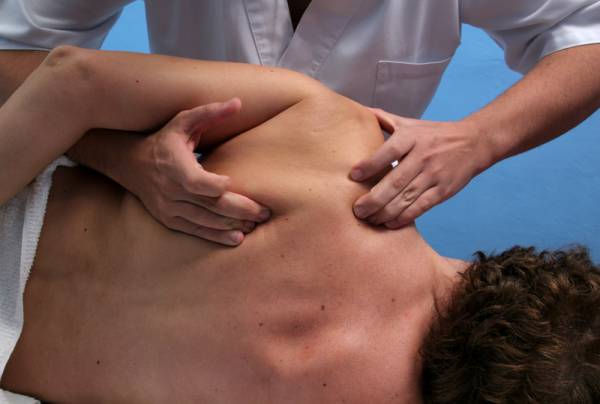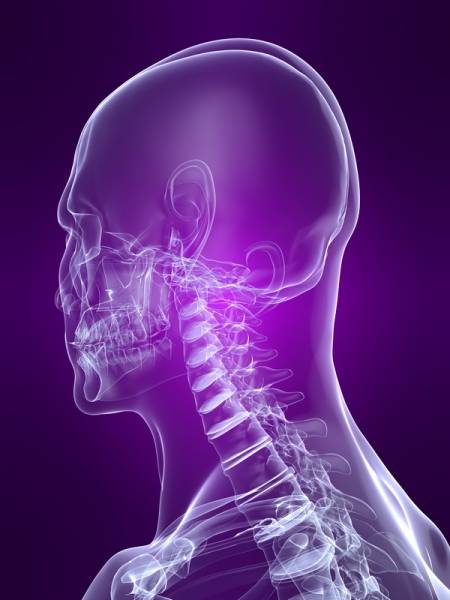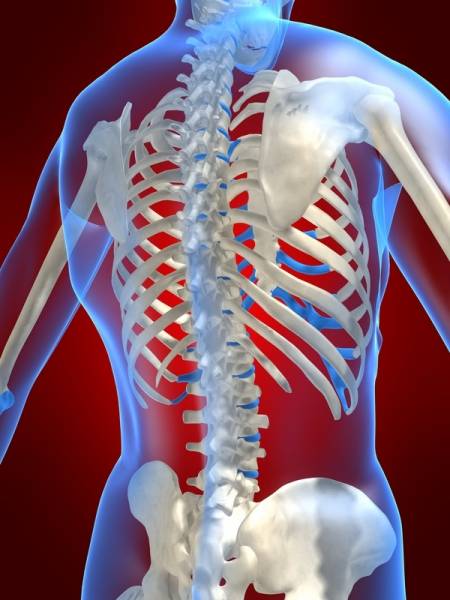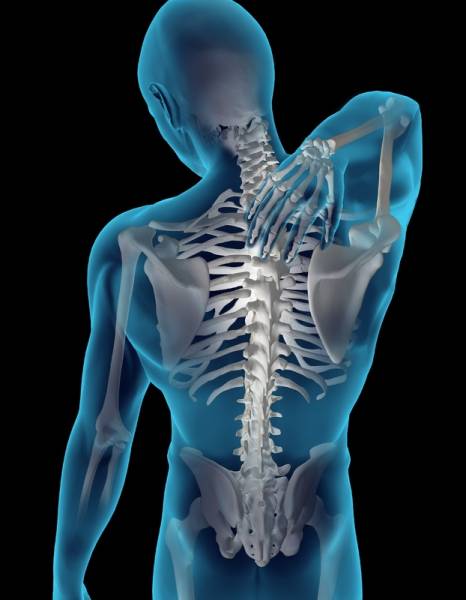Osteopathy
The unique, non-invasive, non-traumatic qualities of DEEP OSCILLATION® have now spread into yet another Field of Application, Osteopathy integrating DEEP OSCILLATION® with Osteopathic techniques.
References and published articles - please click here
Osteopathy is a statutorily regulated primary health care profession, concerned with the diagnosis, treatment and prevention of mechanical disorders of the body and the effects of these disorders on the function of the body and general health.
Common physical problems treated with Osteopathy include:
- Muscle, Ligament & Joint Pain
- Back and Neck problems
- Sciatica
- Migraines,
- Headaches
- Sinus problems
- Shoulder Problems
- Arthritic Pain
- Foot, Leg, Hip & Arm Pain
- Repetitive Strains
- Sports related Injuries
- Pelvic Pain
Osteopathy recognises the importance of the link between the structure of the human body and the way it functions. Osteopaths focus on the body's skeleton, joint mobility and on the underlying muscles, soft tissues and internal organs, with the aim of restoring these structures to a state of balance and harmony, so providing optimum conditions for physical healing.
To explain this more fully; the primary mechanical structures of the body consist of the bones, joints, overlying muscles and soft tissues. Good mechanical function of these tissues is vital to physical health. Problems in these mechanical areas can have a knock-on effect of disturbing the function of the nerves, blood vessels and lymphatic vessels near the areas affected. This may result in imbalances in the optimum function of the nervous, circulatory and immune systems generally, with much broader implications for general health and wellbeing.
Therefore, mechanical problems in the body may not only cause pain and lack of mobility, but also contribute to disturbance in the function of the internal organs and body systems as a whole.
With this in mind, Osteopaths consider each person as an Individual and treat the person as 'a whole', rather than isolated symptoms. Utilising their highly developed sense of touch, they identify problem areas of the body. Using gentle stretching and mobilising techniques as well as articulating joints, they work with the body to create the perfect conditions to facilitate the healing process.
The effectiveness of Osteopathy in treating back problems and pain has recently been recognised and backed by NICE, the National Institute for Clinical Excellence, after many years studying patient response to osteopathic treatment . Current NICE guidelines recommend the referral of patients suffering with back pain to an Osteopath for treatment. NICE specialises in giving guidance on evidence-based medicine and treatment methodologies.
Cranial Osteopathy
Sometimes called cranio-sacral technique, cranial osteopathy is a specific series of gentle osteopathic techniques that has become popular with patients. It can be especially effective on children. The next few paragraphs will explain more about this technique.
What is Cranial Osteopathy?
Cranial osteopathy is a refined and subtle series of techniques that focus primarily on the head, spinal column and sacrum bone of the pelvis and their interrelationships, and the release of stresses and tensions from these regions. It is a gentle yet extremely effective approach and may be used in a wide range of conditions for people of all ages, from birth to old age.
Cranial osteopaths are trained to feel a very subtle, rhythmical shape change that is present in all body tissues. This is called Involuntary Motion or the Cranial Rhythm. The movement is of very small amplitude, therefore it takes practitioners with a very finely developed sense of touch to feel it. This rhythm was first described in the early 1900's by Dr. William G. Sutherland and its existence was confirmed in a series of laboratory tests in the 1960's and '70's.
Tension in the body disrupts the cranial rhythm. Practitioners compare what your rhythm is doing to what they consider ideal. This shows them what stresses and strains your body is under at present, and what tensions it may be carrying as a result of its past history. It also gives them an insight into the overall condition of your body, for example if it is healthy, or stressed and tired.
How does DEEP OSCILLATION® integrate with Osteopathy?
"I first became aware of DEEP OSCILLATION® through a long term patient of mine.
He had been suffering with chronic, persistent low back pain caused by age related ‘wear and tear’. I would see him roughly every month, as he would get painful flare-ups which would keep on re-occurring, depending on what he was doing. My Osteopathic treatment improved things for 3-4 weeks each time, but certain things would always re-aggravate the pain and stiffness, and he would have to come back for more treatment. This pattern did not change for over a year, until one day he came to see me for a routine appointment and, to my surprise, told me that the discomfort in his low back was completely gone. Not only that, but the whole of his back felt much more relaxed and mobile. Things that he would do that would always re-aggravate the pain in the past, now no longer produced any pain at all.
I wanted to know what he had done that had brought about such a transformation. He told me that he had heard about Deep Oscillation through a friend who had also had very good results with it. And so he had decided to give it a try.
After only 3 half-hour treatments, his back was completely pain-free!
I was so impressed with his response that I decided to look into DEEP OSCILLATION® for myself, to find out more about what it involved and the conditions that it could be used to help treat. From reading though the medical research into the proven benefits of DEEP OSCILLATION® in treating musculo-skeletal ailments, and from talking with physical therapists who had used DEEP OSCILLATION® regularly for a number of years, I became more and more impressed with the range and depth of both acute and chronic conditions that could be treated - and the results that occurred.
The ability to integrate DEEP OSCILLATION® into my normal Osteopathic treatment, rather than it having to be a separate stand-alone methodology, was the final key factor that convinced me this would a valuable addition to my practice. Since I’ve started using Deep Oscillation therapy as part of my Osteopathic treatment, I have experienced rapid transformations of chronic and persistent musculo-skeletal problems in my patients, and I continue to be amazed and excited by the range of physical problems that can be successfully treated using it"
UK Osteopath - name withheld on request





